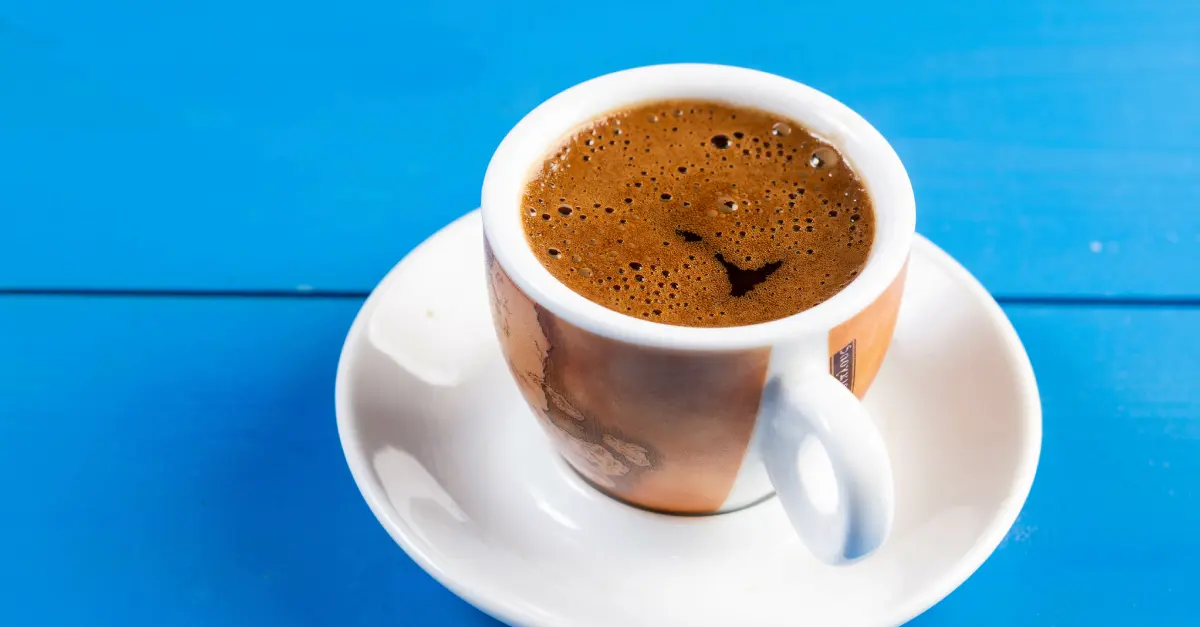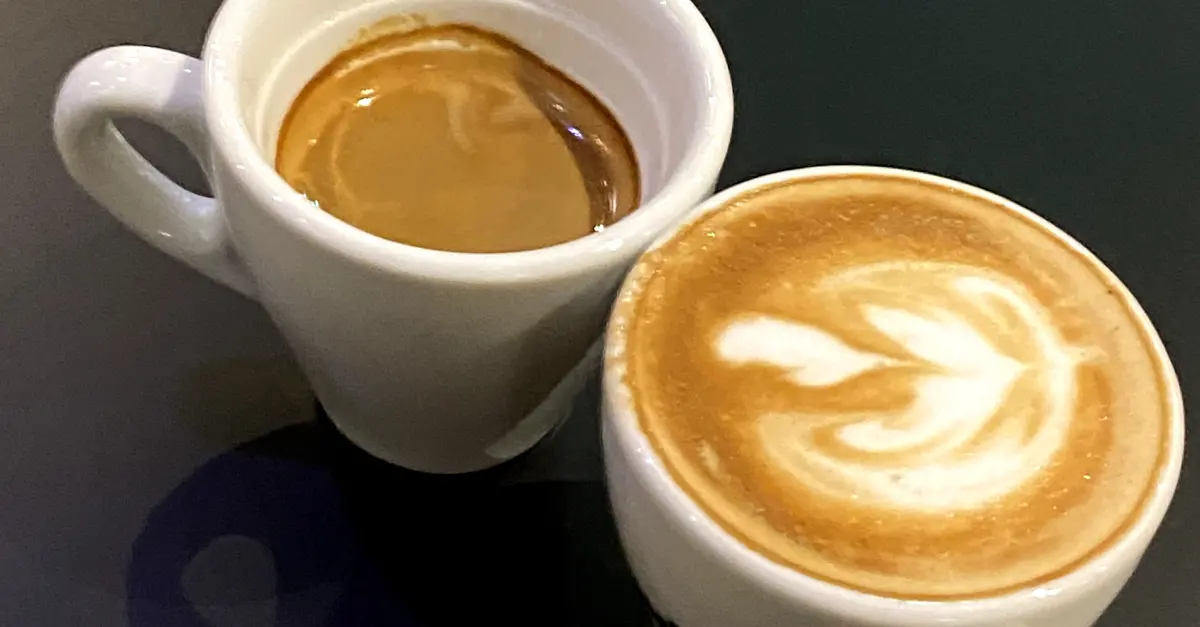You’ve probably tried Greek coffee at some point – a small, strong coffee, with a head of light brown foam, and a layer of fine grounds at the bottom which can surprise you if you’re not used to them! If you’ve tried Turkish coffee, it’s basically the same thing.
However, what exactly is Greek coffee, how does it differ from Italian espresso, and how can you prepare it?
In this article we’ll look in detail at Greek coffee, including its history, preparation, and culture. If you only have a couple of minutes, while your coffee is brewing, the top 3 Greek Coffee FAQs are at the end of this piece.
What is Greek coffee?
Greek coffee has a volatile history, since many cultures in the same part of the world claim it’s provenance, most notably Turkey. Essentially Greek and Turkish coffee (and Armenian / Bosnian / Cypriot / Serbian) are the same drink.
However, since Greek coffee (elliniko kafe or ελληνικό) is very central to Greek culture, in terms of dining and hospitality, it’s reasonable to retain the possessive nomenclature.
A strong, black coffee, elliniko kafe has three main components:
- The body of the coffee, which is traditionally darker and thicker than most coffees, even Italian espresso. It is brewed with exceptionally finely ground, dark roasted, beans.
- The grounds or dregs, which are left to settle at the bottom of the cup.
- The head (kaïmaki), which is a light-brown froth which forms naturally from the brewing and aeration process.
Greek coffee is usually served in a small demitasse cup (same as a small espresso cup that holds 2 to 3oz) with optional sugar. There are different names for how much sugar a Greek coffee contains (see below). Milk is never added to Greek coffee (it would adversely affect both the taste and temperature). Instead, due to its bitterness and tendency to dry the mouth, a class of cold water is often served in Greek cafes alongside coffee.

One important aspect of Greek coffee culture is that it is relaxed. It’s quite acceptable to cradle a strong Greek coffee (or several cups) for an hour or more while catching up with friends. Not for Greeks the quick shot of espresso favored by Italians!
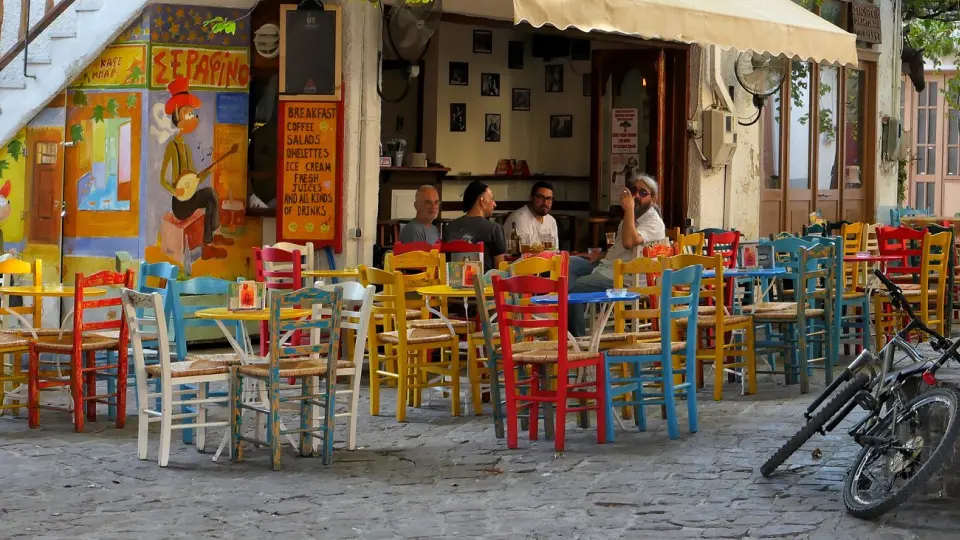
Source Flickr
What kind of coffee beans are used in Greek coffee?
Arabica coffee beans are used in Greek coffee, which is ground into a fine powder (much finer than American coffee). Similar to Turkish and Middle Eastern coffee, Greek coffee is also available in many other countries. To learn more, have a look at our article that explains the types of beans: Arabica vs Robusta.
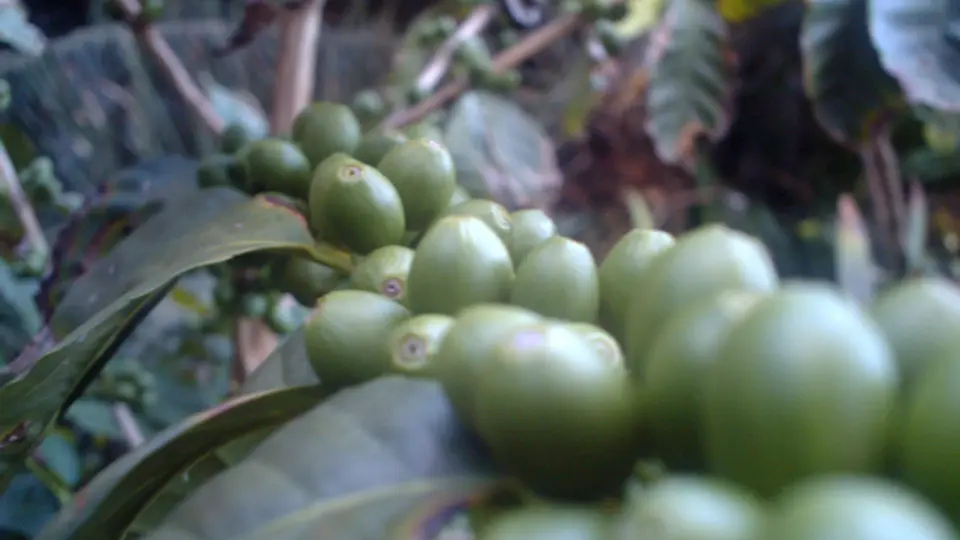
Source Flickr
Caffeine content of Greek coffee
Compared to other coffees around the world, boiled Greek coffee contains just moderate amounts of caffeine at only 50mg per cup (keeping in mind it’s served in a demitasse cup) and is rich in antioxidants.
What is Greek coffee’s history?
It is thought that coffee first came to Greece during the heyday of the Ottoman empire.
Coffee beans were discovered and cultivated in Arabia in ancient times, then traded by the Persians, spreading the drink’s use more widely.
Coffee had been known for its medicinal uses in the Muslim world since the 10th century, and was further popularized by Sufi Islamic orders in Yemen in the 15th century. Under the tenets of Islam during the Ottoman Empire, coffee drinking could be frowned upon by the authorities since it was felt to be a mind-altering drug. However, throughout the modern Islamic world, it has now become a common social drink, an alternative to the haram (forbidden) alcohol.
The first recorded coffee shop opened in Istanbul (then Constantinople) in 1425. It is likely that 15th century travelling merchants first brought coffee to Greece, where it quickly became an obsession.
How is Greek coffee prepared?
To make Greek coffee properly you need the following:
- Finely-ground, dark roasted coffee beans (extra fine)
- A traditional briki, or Greek coffee pot
- Demitasse cups for serving
- White or brown sugar to taste
The briki has a unique design – it is simply a small stainless steel, tin, or copper pot open at the top, with a long, insulated handle so it can be held over an open gas flame, or easily retrieved from a hot burner. The briki is usually designed to produce one or two cups at a time, and it should take no longer than a few minutes to produce a Greek coffee.
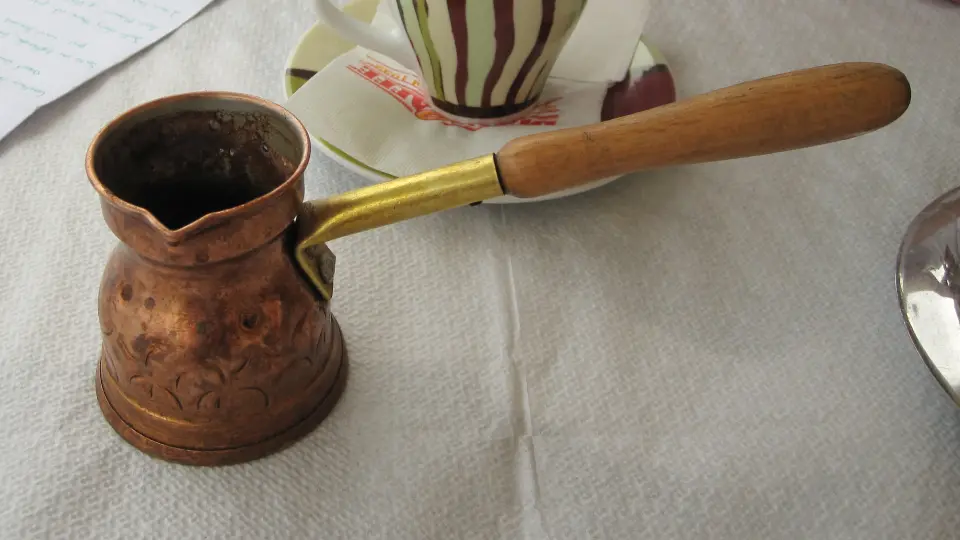
To make a Greek coffee, first measure out a small cup of water and pour it into your briki, along with a heaped spoonful of finely ground coffee. Use more water and one and a half teaspoons for a bigger cup, or for two smaller ones. Note that Greek coffee only really comes in one strength – the proportion of water to coffee grounds should always remain the same.
Add sugar (if desired) to the cold water and coffee and stir until dissolved. It’s better to do this before you put the coffee on to boil, so that the sugar and coffee are properly mixed.
Then place the briki on a medium strength flame or medium-temperature electric burner. The coffee will be ready when it boils and a froth forms, which rises to the top of the briki. Make sure you immediately remove it from the heat and serve as soon as possible to preserve the kaïmaki (frothy head).
Pour it from sufficient height to keep the froth intact, and with enough speed to make sure the grounds come out of the briki.
That’s it! If you like your coffee unsweetened, consider serving some baklava, or other sweet treat to counteract the Greek coffee’s sharpness.
Here’s a video demonstration of how to prepare the perfect Greek coffee.
The different types of Greek coffee
Greek coffee is never adulterated with water or milk, but sugar is frequently added to balance out some of the bitterness of this unfiltered drink. There are different names for the amount of sugar a Greek coffee contains. It’s useful to know these if you’re ordering from a Greek café (called either a cafeteria when unisex or kafeneio when traditionally frequented by men only).
- *Sketos (*σκέτο): Unsweetened.
- *Metrios (*μέτριο): Medium sweetened with one or one and a half teaspoons of sugar.
- *Glykos (*γλυκό): Sweetened with two teaspoons of sugar.
- Vary Glykos: Very sweet (containing more than two teaspoons of sugar).
All are prepared in broadly the same manner. There’s also a highly sweetened, double-boiled variant called glykys vrastos, which is boiled more than once and therefore does not have the froth that typifies most Greek coffee.
Of course, modern forms of European and American coffee can also be found in the main towns and cities in Greece, but for the authentic Greek coffee experience, order one of the above four varieties.
How to make Greek coffee to share
If you’re preparing Greek coffee at home for friends, it’s best to boil each cup separately. Potentially you could use more than one briki to speed up the process.
You’ll know you’ve got the recipe just right when the froth forms and remains on top of each cup. If you are preparing kafe sketos (without sugar) you’ll be able to use the same briki straightaway as there is no dairy or milk to stick to the side of the pot.
Alternatively, if you’re making different grades of sweetness, simply rinse out the interior of your briki with cold water between servings.
Remember that nothing need be rushed – Greek coffee culture is about relaxing and letting the world go by!
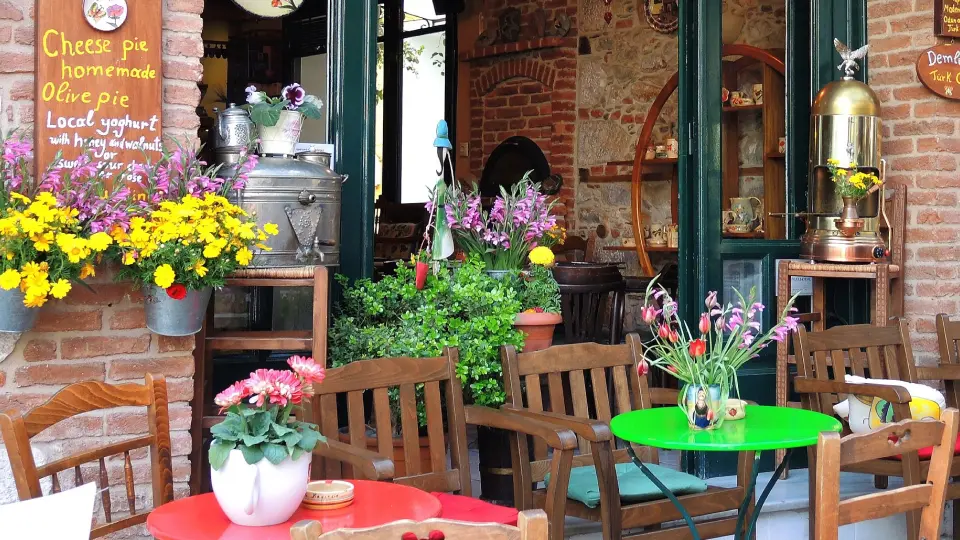
Source Flickr
